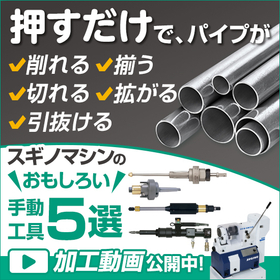Next-generation purification nanofibers optimal for the purification of plasmid and viral particles.
In the world of bioprocessing, traditional porous methods used for antibody purification have been mainstream for decades, but they are unsuitable for the purification of large molecules such as lentiviruses, plasmids, and exosomes used in gene cell therapy, making purification difficult. Astrea Bioseparations has developed a next-generation bioprocessing device utilizing cutting-edge nanofiber technology called "AstreAdept." The upcoming nanofibers will be created by electrospinning a blend of two types of polymers, combining cellulose-based and non-cellulose-based materials. Due to their nanoscale size, they have a high surface area-to-volume ratio, making them very attractive. AstreAdept achieves the following:
Efficiency: AstreAdept compresses processes, reducing time and costs.
Innovative technology: It utilizes nanofibers and convection to enable fast and highly efficient washing.
Wide applicability: A scalable solution that can accommodate everything from research to manufacturing.
Optimization of exosome purification, bacteriophage, plasmid purification, and the purification of single-stranded pDNA and mRNA before and after IVT.













